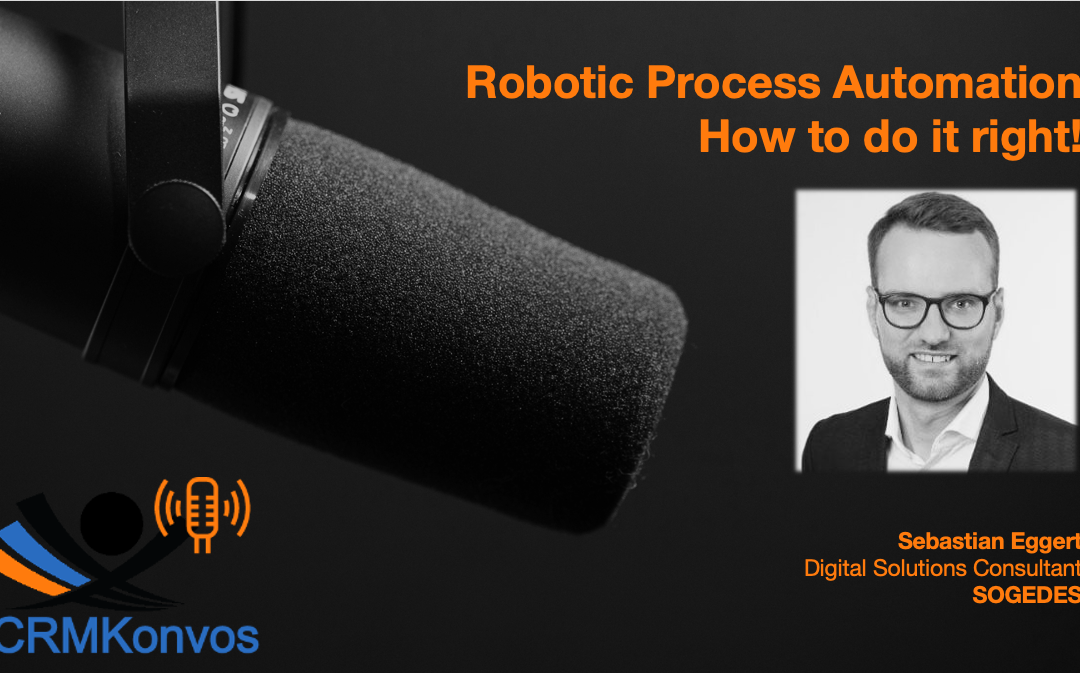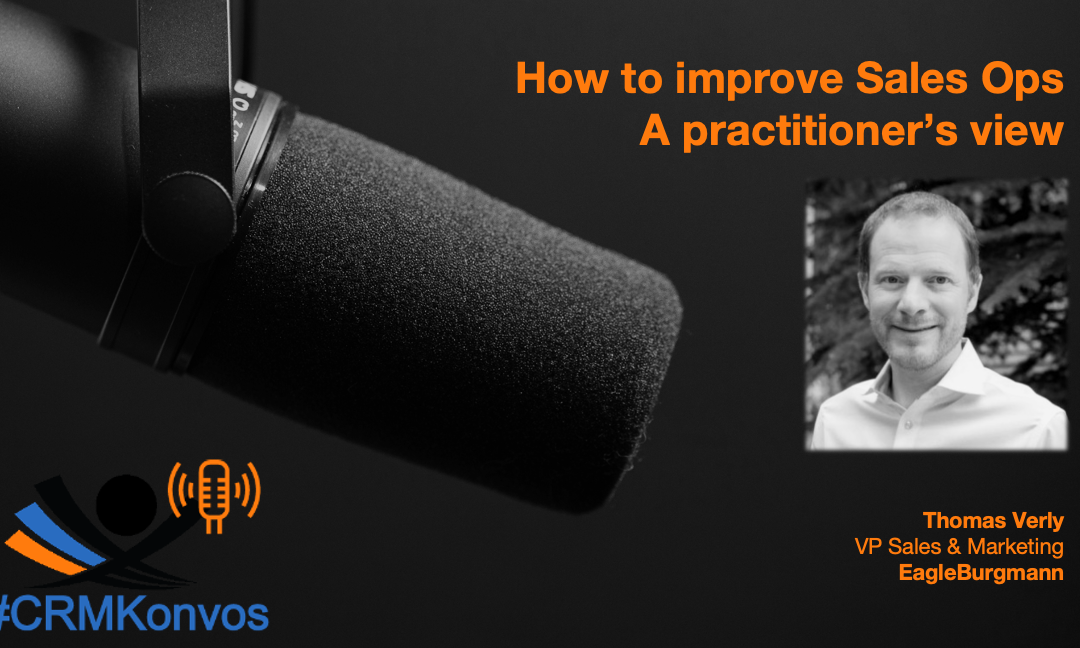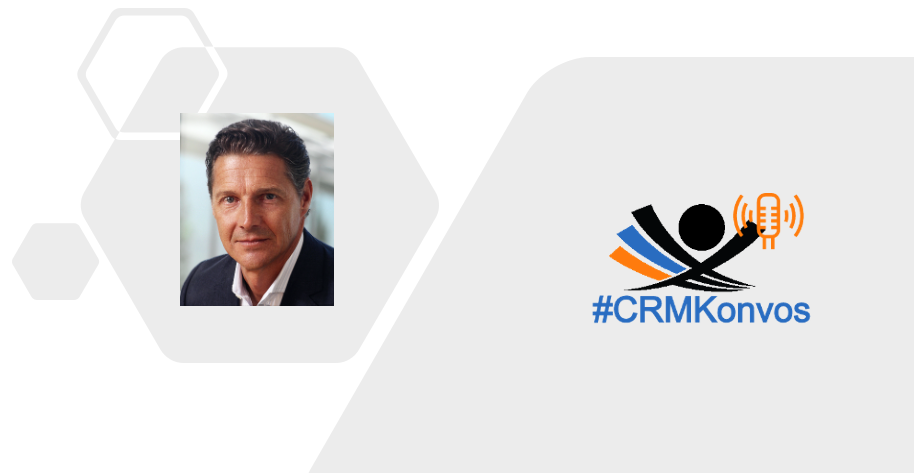
by twieberneit | Sep 9, 2022 | Blog, Sponsored |
When talking about CRM systems, people – especially managers – mostly think about functions, features, and control. How can a process be supported and managed? How can I get good analytics out of the system? Does it fit into the existing IT landscape? These and many similar questions take precedence when it comes to selecting software systems. Usability and UX are often only an afterthought or, even worse, lip service. The result of this is often an abysmal user adoption of systems, as they do not do what the users want, don’t help them or, on the contrary, cause even more work than the users had before. The CRM Sales and Impact report 2021 study by Arlington Research shows that on average 52 per cent of sales leaders report that their CRM platform is costing them revenue opportunities. This average increases up to 65 percent in specific industries. On the other hand, a study by UsabilityGeek finds that it is beneficial to fuse UX and CX. Similarly, according to research by Jacob Nielsen, when good UX design enhances the customer experience, companies see an average increase of 83 percent of the measured KPIs across marketing, sales, and service. Apart from the revenue boost, benefits include increased and accelerated adoption, higher productivity, improved customer satisfaction, reduced training time and lower support cost. Therefore, the main question to ask is not whether, or rather in how far improving the UX does improve the acceptance, use, and helpfulness of a CRM system. Instead, one needs to ask what it takes to come to a better UX and what the inhibitors are. This blog post is based on...

by twieberneit | Jan 26, 2022 | Blog, CRMKonvos |
One of today’s big business topics is robotic process automation. What is it? A boon or a thing? Where is the real value in applying RPA and how to do it right? So many questions that the #CRMKonvos team needed to ask Sebastian Eggert of SOGEDES. It is no secret that RPA has its roots in UI based test automation to conduct load and stress tests and screen scraping. It is also no secret that it is always better to use APIs than that. That would put RPA firmly into the category of dying animals or, in more technical terms, make it a bridge technology. But then, how about real life? Can one always do connect applications with APIs? How about empowering business units to get solutions faster than working with a continuously overburdened IT department? And: How about the risk of entrenching existing processes instead of entering the road to digital transformation, which is a business transformation? Is it reasonable to expect investments being made into RPA being turned over fast? After all, temporary solutions have the tendency to become quite permanent. And if it is a bridge technology: What is the future? Hint: Look into process mining and machine learning… Most important of all is the right approach for implementing RPA. Where to start, how to decide about good candidates for automation? Does it need a strategy? He answered them all! Watch the episode that will remain known as the “hot shit” show. Because RPA is quite...

by twieberneit | Jan 12, 2022 | Blog, CRMKonvos |
Three times is the charm. Our first attempt was disrupted by Texas getting off the (power) grid due to a winter storm, the second one due to Streamyard going offline (courtesy of a Google problem), now we finally made it happen and talked with an enterprise software user about sales operations. Based upon real life experience, how can sales ops be improved, how can it contribute to sales success? Does it need process, tools, or what? Well, the answer to that one is, of course, both. But what comes first and how to make sure that people love to use the resulting system? Our guest Thomas Verly, VP of Sales and Marketing at EagleBurgmann has quite some interesting answers. Also to the question whether Revenue Operations is really a thing. Is it new wine in an old bottle or rather old wine in a new bottle. Thomas has some truely interesting stories to tell that help us identifying what is really important for a sales organization, even if it is in a quite specific industry. At EagleBurgmann they identified the secret of what makes their sales reps use the system – and they have a truly astonishing adoption. Hint: It is not force but they managed to make the people want to use the system because it delivers value to them. How? No spoiler here besides: Don’t digitalise chaosSimple is beautifulHarmonisation is a good thingDon’t forget about change management Watch the episode. It is worthwhile. More than...

by twieberneit | Jun 4, 2021 | Blog, CRMKonvos |
Many a company has a severe challenge with how their processes actually work. Documentation may or may not be there. Tribal knowledge exists. Lots of repositories, too, including file systems, collaboration tools, chat tools, email, etc. In brief, there is the need for a solution. Startup Sevantiz has taken on this challenge with its Flockwise platform, which is reason enough for the CRMKonvos team to invite Sri Sabesan, Mani Manivannan and David Pickrell into our studio to discuss their approach and how it relates to CRM (spoiler alert: it does) and CX (it does, too). But what is Flockwise? Flockwise brings knowledge from the documentation, tribal knowledge and the transaction systems to answer the questions that employees in businesses have every day. Although we utilize a chat interface, It is much more than an Chatbot. Flockwise is designed to discover knowledge and serving it to the user in a way that the user get the right answer to the question. Flockwise creates the opportunity for the Enterprise Flock and their trusted advisors / consultants and outsourcers to capture knowledge and provide answers to the questions in a way that no other solution does. Creating an efficient way for something that we have always talked about. And that is capturing expert knowledge in a way that is truly reusable for the benefit of productivity of the employees and customers and suppliers of an organization. Sounds good? Then dive deeper into this CRMKonvos...

by twieberneit | Apr 20, 2021 | Blog, CRMKonvos |
CRM, in various incarnations, has been around since the 90s. If one counts in contact managers like Goldmine, then we are actually talking about the 80s. Some consider it a strategy, but whether it is or not, is a discussion that has been closed long ago. Still, there is a lot going on. And I mean a LOT. So, it is time to talk to someone who accompanies the industry since it was immature, someone who also contributed to shaping the industry and some of the solutions around. So, we reached out to Volker Hildebrandt. Volker is a fountain of information about where it comes from and where it is heading to. So, if you are interested in the current state of affairs and in the trajectory that the industry is likely to take, then listen in. You will not regret...






